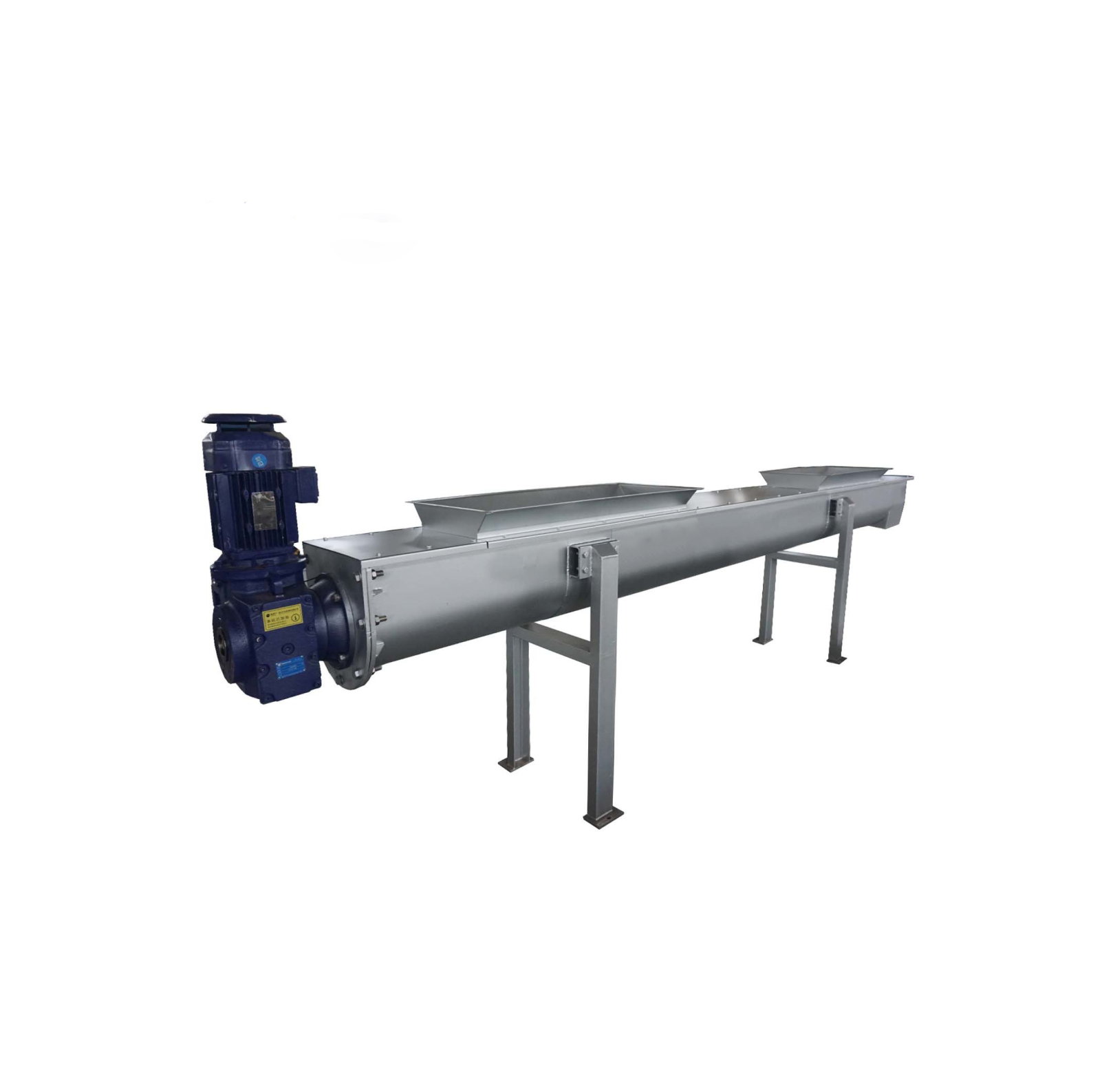In modern industrial transportation systems, large-angle conveyors are receiving more and more attention as an efficient material transportation tool. By modifying large-angle conveyors, we can significantly improve the efficiency and flexibility of material transportation, thereby achieving automation and logistics optimization. This article will provide you with a systematic guide to retrofitting large-angle conveyors.
Before carrying out the transformation of large-angle conveyors, comprehensive market research and analysis must first be conducted to ensure that the direction and goals of the transformation meet actual needs. Determining the needs of your target market and customers is key, including:
1. Understand the technological development trends in the industry;
2. Analyze the shortcomings of the existing system;
3. Determine the technical indicators and budget for the renovation.
When designing the transformation plan, it is necessary to combine the actual material characteristics and optimize the technical parameters. It should include the following aspects:
- Conveying capacity: designed according to material properties and conveying requirements;
- Conveying angle: Choose a suitable conveying angle to avoid material clogging;
- Conveying speed: Set a reasonable conveying speed according to operating efficiency;
- Drive force: Ensure that the drive system can withstand the corresponding load.

When implementing a renovation plan, it is recommended to follow the following steps:
1. Conduct on-site investigation and evaluate original equipment;
2. Design detailed renovation drawings;
3. Prepare required materials and equipment;
4. Install and debug according to the drawings.
Once the retrofit is complete, the new system needs to be thoroughly tested and evaluated to ensure it meets expected performance targets. At the same time, regular maintenance is performed to ensure the long-term stable operation of the equipment. At the same time, necessary training is required for employees so that they can fully master the operation and maintenance knowledge of the equipment.

The transformation of the large-angle conveyor can not only improve the efficiency of material transportation, but also significantly improve the flexibility and automation level of the entire production line. Through reasonable planning and technology implementation, enterprises can better adapt to changing market demands and achieve sustainable business growth and competitive advantage.
